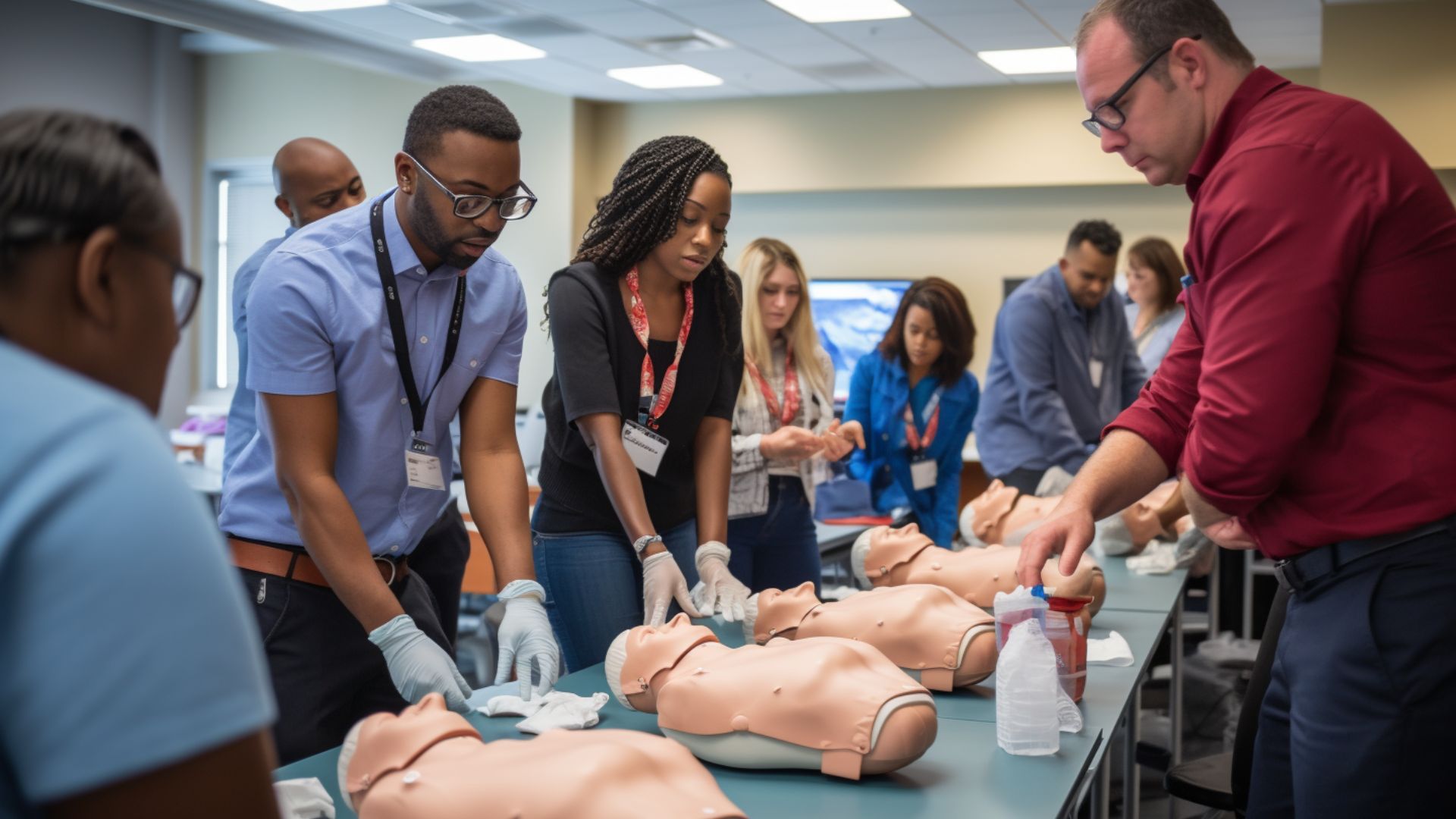
Cardiopulmonary resuscitation (CPR) and first aid are both critical components of emergency response, but they serve distinct purposes and involve different techniques. Understanding the differences between CPR and first aid is essential for effectively CPR Trainer addressing a range of emergency situations. This article explores the key distinctions between CPR and first aid, highlighting their respective roles, techniques, and applications in emergency care.
Defining CPR
CPR is a specific life-saving technique used in emergencies when a person’s breathing or heartbeat has stopped, such as in cases of cardiac arrest. The primary goal of CPR is to maintain blood flow and oxygenation to vital organs until professional medical help arrives or normal heart function is restored. CPR involves a combination of chest compressions and rescue breaths to simulate the heart’s pumping action and ensure adequate oxygen delivery. While CPR is a critical skill for responding to cardiac emergencies, it is only one aspect of comprehensive emergency care.
Understanding First aid
First aid encompasses a broader range of initial medical assistance provided to individuals who are injured or experiencing medical issues before professional help arrives. It includes a variety of techniques and interventions designed to stabilize a patient’s condition, prevent further harm, and provide comfort. First aid covers a wide array of scenarios, such as treating wounds, managing fractures, addressing burns, and handling allergic reactions. Unlike CPR, which is specifically focused on cardiac emergencies, first aid involves a diverse set of skills applicable to many different types of injuries and medical situations.
Techniques and Procedures
The techniques and procedures used in CPR are distinct from those employed in first aid. CPR involves performing chest compressions at a rate of 100-120 compressions per minute and providing rescue breaths at specific intervals. The goal is to restore circulation and breathing in a person who has stopped breathing or whose heart has ceased functioning. In contrast, first aid techniques vary depending on the injury or medical issue. For example, first aid for a bleeding wound involves applying pressure to control bleeding, while first aid for a burn includes cooling the burn and covering it with a sterile dressing.
Training and Certification
Both CPR and first aid training are essential for individuals who want to be prepared for emergencies, but they focus on different aspects of emergency care. CPR training typically emphasizes the specific skills needed to perform chest compressions and rescue breaths effectively, while first aid training covers a broader range of topics, including wound care, immobilization of injuries, and managing medical conditions. Many organizations, such as the American Red Cross and the American Heart Association, offer separate courses and certifications for CPR and first aid, with some providing combined courses that address both areas.
Application in Emergency Situations
The application of CPR and first aid depends on the nature of the emergency. CPR is specifically used when someone is in cardiac arrest, requiring immediate intervention to restore heart function and breathing. First aid, on the other hand, is used for a wide range of emergencies and injuries, including but not limited to cardiac arrest. For example, if someone sustains a deep cut, first aid would involve cleaning and dressing the wound, while CPR would only be necessary if the person becomes unresponsive and shows no signs of breathing.
Legal and Ethical Considerations
Both CPR and first aid come with legal and ethical considerations. Performing CPR or first aid can have legal implications, especially if the care provided is not in line with accepted practices or if complications arise. However, most jurisdictions have Good Samaritan laws that protect individuals from liability when providing emergency care in good faith. It is important for individuals to be aware of the legal protections available in their area and to provide care within the scope of their training and knowledge.
Continual Learning and Updates
The field of emergency care is continually evolving, with new guidelines and best practices emerging over time. Both CPR and first aid training require periodic updates to ensure that individuals are equipped with the latest knowledge and techniques. Continued education and refresher courses are essential for maintaining proficiency and effectiveness in emergency response. Staying current with guidelines from reputable organizations helps ensure that responders are prepared to handle emergencies safely and effectively.
Conclusion
Understanding the differences between CPR and first aid is crucial for providing effective emergency care. While CPR focuses on life-saving techniques for cardiac arrest, first aid encompasses a broader range of interventions for various injuries and medical conditions. Both skills are essential for emergency preparedness and should be regularly updated through training and certification. By recognizing the distinct roles and techniques of CPR and first aid, individuals can be better equipped to respond to a wide range of emergency situations and provide timely and effective assistance.
